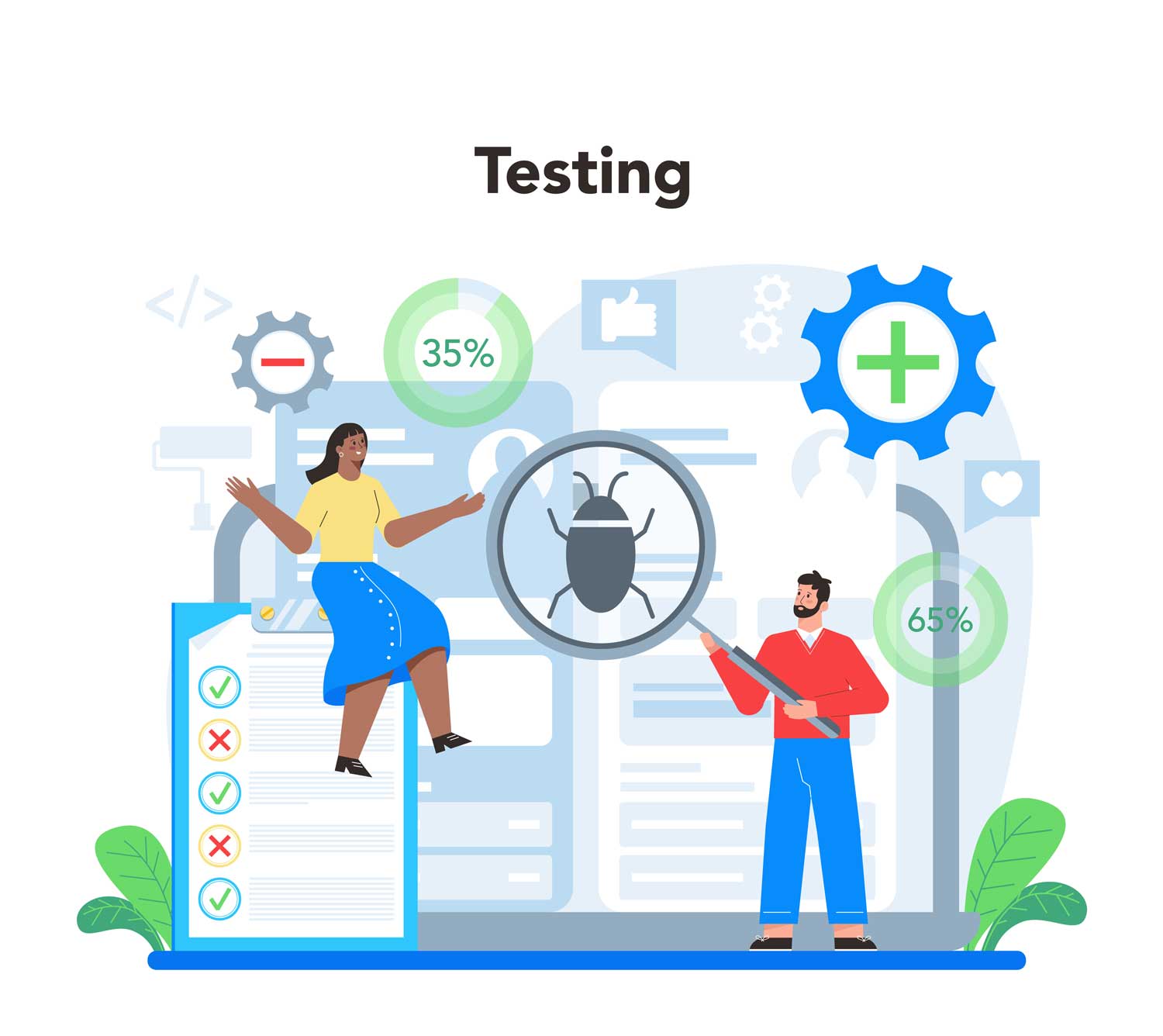Load testing is an essential step in ensuring the optimal performance and stability of applications. With a plethora of load-testing tools available, selecting the right one can be a daunting task. This article aims to provide a meticulous and analytical guide to choosing the most suitable load-testing tool for your application.
By identifying your specific requirements, researching available options, evaluating performance and features, and considering compatibility and integration factors, you will be equipped to make an informed decision that aligns with your application’s needs.
Identifying Your Load Testing Requirements
The first step in selecting a load-testing tool is to identify the specific requirements of your application. This entails understanding the load testing benefits and strategies that are relevant to your particular application.
Load testing benefits include identifying performance bottlenecks, assessing system scalability, and ensuring optimal user experience under various loads. To determine which load testing tool is most suitable for your application, it is crucial to consider factors such as the expected number of concurrent users, types of interactions with the system, complexity of test scenarios, and desired level of automation.
Additionally, load testing strategies need to be taken into account, such as stress testing or endurance testing. By meticulously analyzing these requirements and aligning them with available load testing tools’ capabilities, you can make an informed decision that best meets your application’s needs.
Researching Available Load Testing Tools
One approach to investigating available options for load testing tools is conducting thorough research. When researching load testing tools, it is essential to consider the two main categories: open source and commercial solutions. Open-source load testing tools are typically free and provide a wide range of features and flexibility. However, they may require more technical expertise to set up and maintain.
On the other hand, commercial load testing tools often offer more advanced features, technical support, and easier usability but come at a cost. Another aspect to explore is cloud-based load-testing solutions. These solutions allow users to simulate high volumes of traffic from multiple geographical locations without having to invest in expensive hardware or infrastructure.
Cloud-based load testing offers scalability, reliability, and real-time analytics for accurate performance assessment. Overall, understanding the differences between open source vs. commercial tools and exploring cloud-based options can help in choosing the right load-testing tool for your application.
Evaluating Performance and Features
When evaluating performance and features, it is important to consider the specific requirements and objectives of the load testing process. Evaluating costs is a crucial aspect as different load testing tools may vary in terms of pricing models, licensing fees, and additional costs for support or maintenance.
It is essential to assess whether the tool aligns with the available budget without compromising on quality or functionality.
Comparing results is another vital factor in evaluating load-testing tools. This involves analyzing how well the tool can generate accurate and reliable performance metrics such as response times, throughput, error rates, and resource utilization. Additionally, considering the tool’s ability to handle large test loads efficiently can provide valuable insights into its scalability and stability.
To make an informed decision, it is advisable to thoroughly evaluate each tool’s performance capabilities and features while keeping in mind the specific requirements of the application being tested.
Considering Compatibility and Integration
Considering the compatibility and integration of load testing tools is crucial to ensure seamless operation with existing infrastructure and software systems.
Compatibility testing involves verifying that the load testing tool is compatible with the hardware, operating system, and network architecture of the application under test. This ensures that the tool can effectively simulate realistic load conditions without causing any conflicts or disruptions.
Integration testing, on the other hand, focuses on ensuring that the load testing tool can integrate seamlessly with other software systems and APIs used by the application. This includes verifying compatibility with databases, messaging queues, web services, and any other components involved in the application’s architecture.
By thoroughly evaluating compatibility and conducting integration testing, organizations can choose a load testing tool that will effectively fit into their existing ecosystem and enable accurate performance measurement of their application.
Making an Informed Decision
To make an informed decision, it is necessary to thoroughly evaluate the compatibility and integration of load-testing tools with existing infrastructure and software systems. Analyzing the cost-effectiveness of different load-testing tools involves considering factors such as licensing fees, maintenance costs, and potential productivity gains.
It is important to assess whether a tool can scale effectively to handle larger loads as application usage increases over time. Understanding scalability entails examining how well a tool can accommodate growing user demands without compromising performance or stability.
Additionally, evaluating compatibility with existing infrastructure and software systems ensures seamless integration without disruption or conflicts. By meticulously analyzing these aspects, organizations can choose the right load-testing tool that aligns with their needs in terms of both functionality and cost efficiency.









